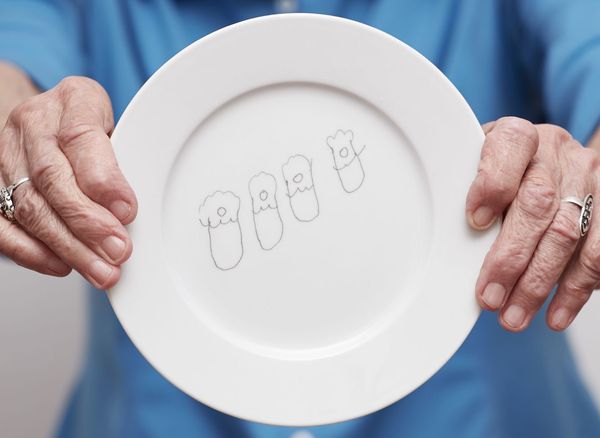A dominant and visually strong, compact building, which, beyond the aesthetics, also provides a space for community experiences. Following the concept by the BIVAK architecture team, in the latest part of our mini-series, we show you a sneak preview of the design by Slovakian GRAU!
Bratislava-based architecture studio GRAU was founded in 2014 and is currently led by Andrej Olah and Filip Marčák. The portfolio of the studio includes public buildings, family houses, offices, residential buildings, interiors, festival installations, and public art projects. Their philosophy is to design in context, to think in terms of honest materials and approaches—always moving from the whole to the details. “We aim for an authentic combination of environment, tasks, and materials. We allow the space, the elements, and the surfaces to retain their natural, raw beauty,” says Filip.
Although they are currently working on several residential interiors and family houses, as well as a gastronomic facility, they are always looking for new and overlapping themes: one of these is their Lighthouse pavilion. This project will be different in that not only will they design it but they will also build it themselves during the Field of Sparks art week.
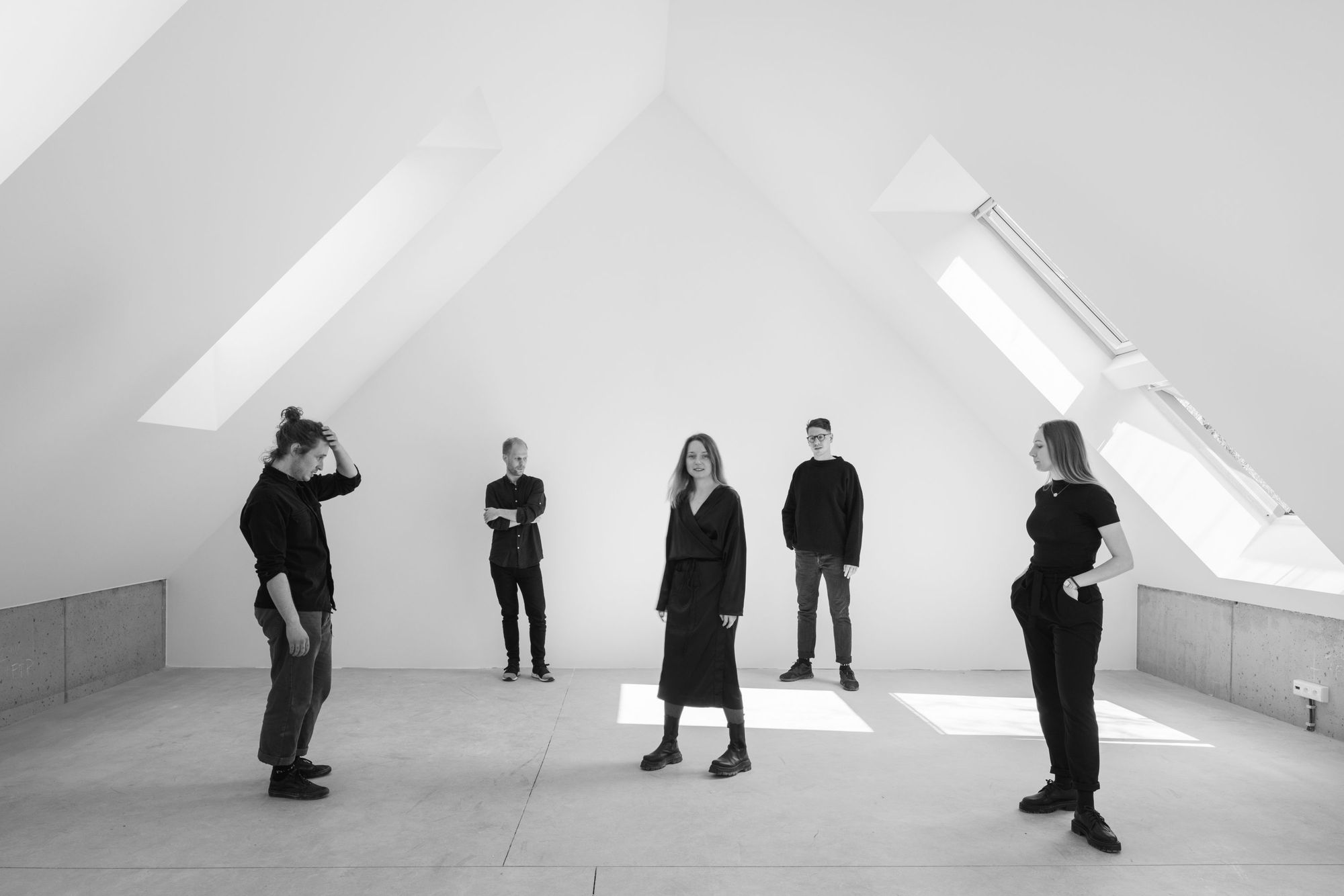
Their installation in Ipolytarnóc is an attempt to create a cultural space following local and regional architectural traditions: the pavilion they have designed is intended to create community and give a new perspective to the locals. Another unique feature of the project is that the GRAU concept will have more functions than the previous Field of Sparks installations: it will serve not only as a visual attraction but also as an auditorium. “This work of art features both functionality and aesthetics,” they noted. The universal, square building also provides a pleasant shelter from sun or rain.

The Lighthouse is based on a structural framework, followed by a second layer of diagonal and supporting elements: these reinforce the object statically and are given functional and aesthetic significance. The lighthouse, from which the pavilion takes its name, is the dominant feature of the building and its main attraction.
“We create a dominant and visually strong compact object. The interior of the building will provide a practical use for performances and other events throughout the year. It will also complement the public space of Ipolytarnóc as a visual and aesthetic symbol. This shape cannot be discreet, but on the contrary, it becomes an attractive and highly visual element—we consider it as a spot that marks a place of encounter, socialization, home, community,” they explained.
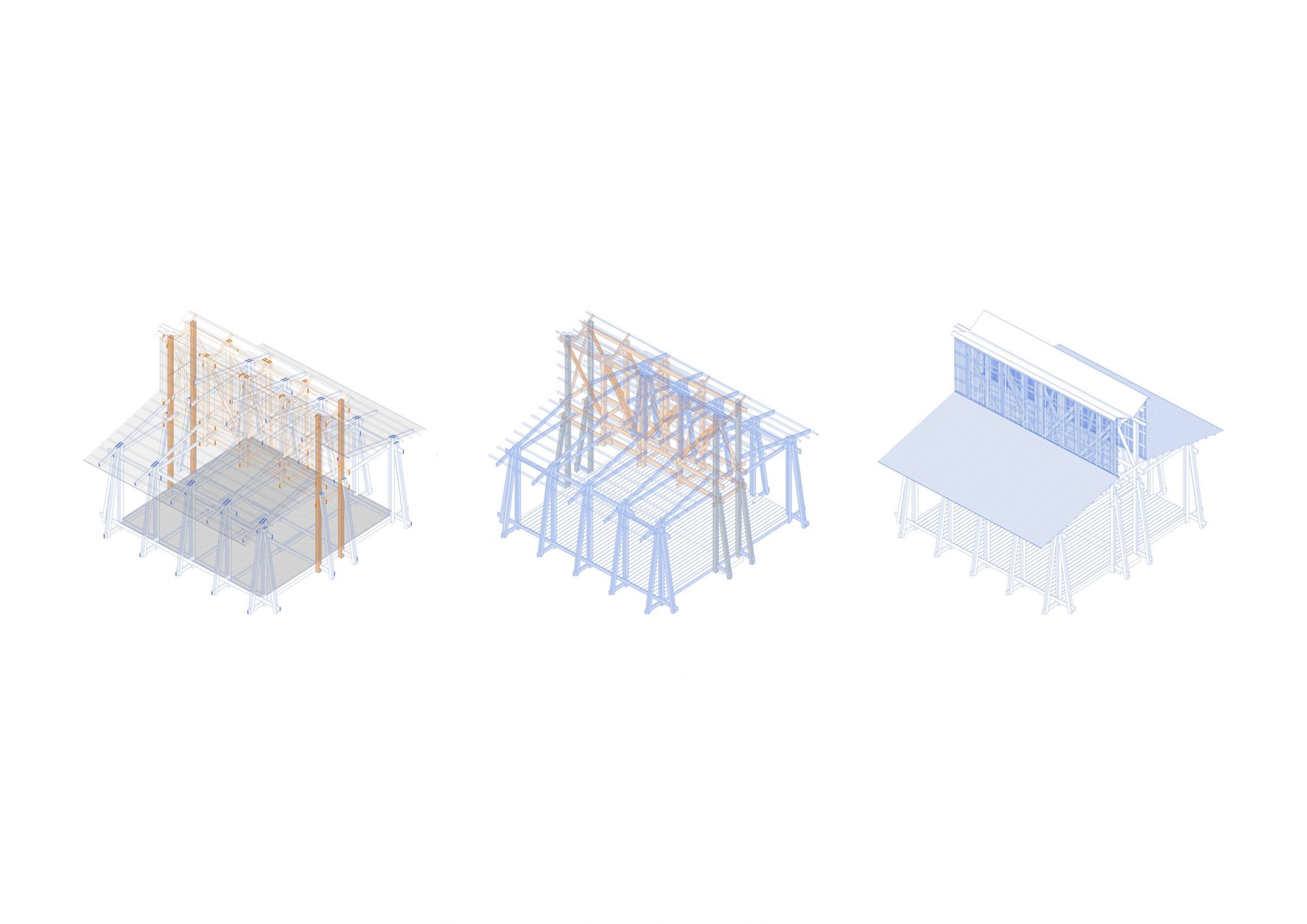
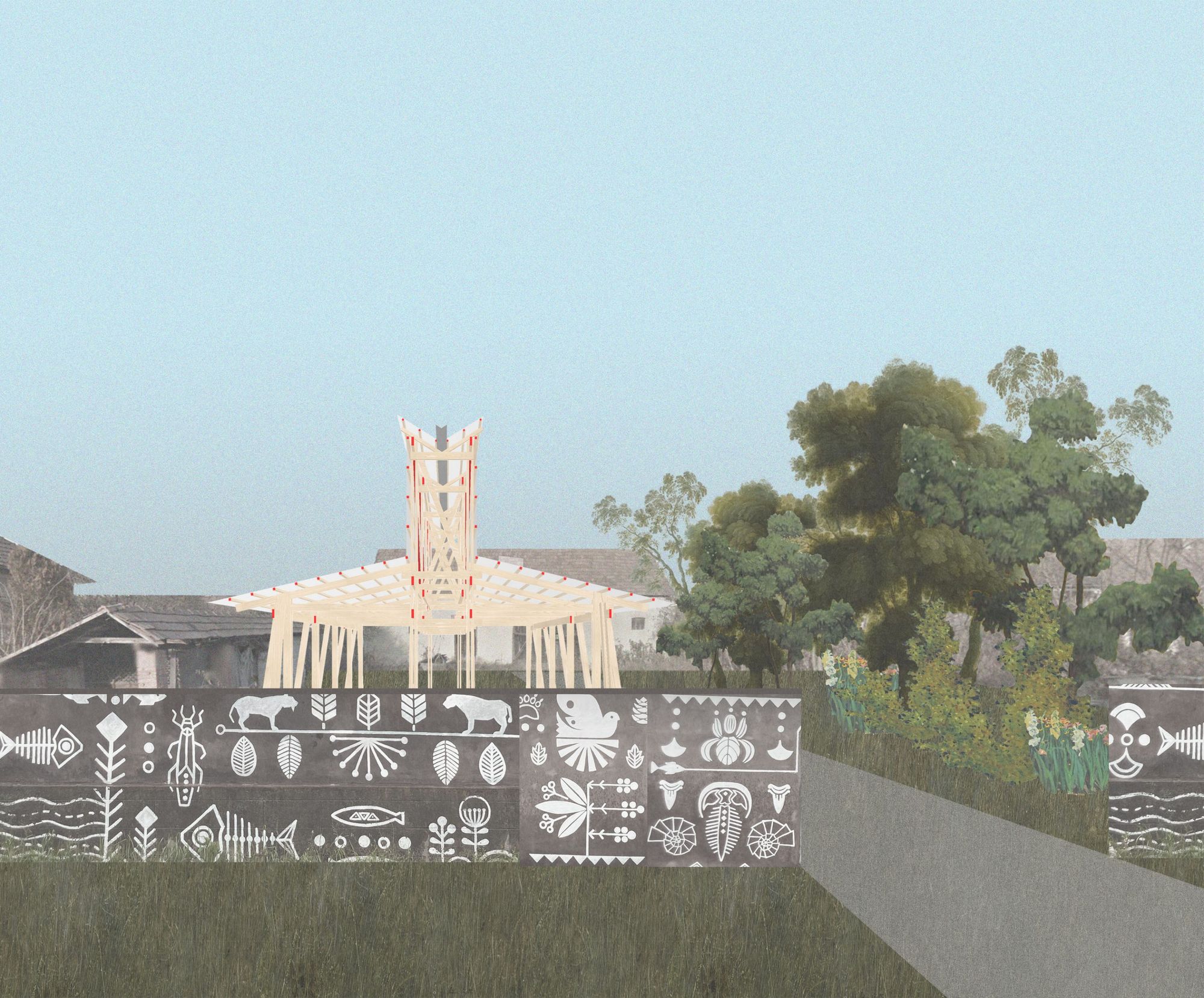
Péter Márton Kiss, head organizer of Field of Sparks, added:
“My family, my ancestors on my father’s side lived in Ipolytarnóc. They did a lot for the village, for the local community. I grew up here too, two villages away: my roots tie me here. Modern village life, following urban trends, is more and more about piling up material goods, and I feel that it lacks spirituality, art and culture. This is why the Field of Sparks is such an important initiative, a space where spirituality and art are expressed through palpable creations both on the outskirts of the village and inside the village. Located in front of a barn that is over a hundred years old, the Lighthouse will be a community space where you can take a break from the ordinary, sing, dance, draw, paint or just talk about the things of the word.”
The current members of the GRAU team are Andrej Olah, Filip Marčák, Matej Kurajda, Jana Filípková, Simona Fischerová, Alexandra Májska.
Field of Sparks | Web | Facebook | Instagram
GRAU Architects | Web | Facebook | Instagram
“Freedom, art, architecture, nature and rock’n’roll”—Ipolytarnóc will be transformed and drop off its everyday routine between August 21-28. In our latest mini-series, week by week, you can get to know the Field of Sparks’ flagship partners and the artworks they have designed for the event venue.
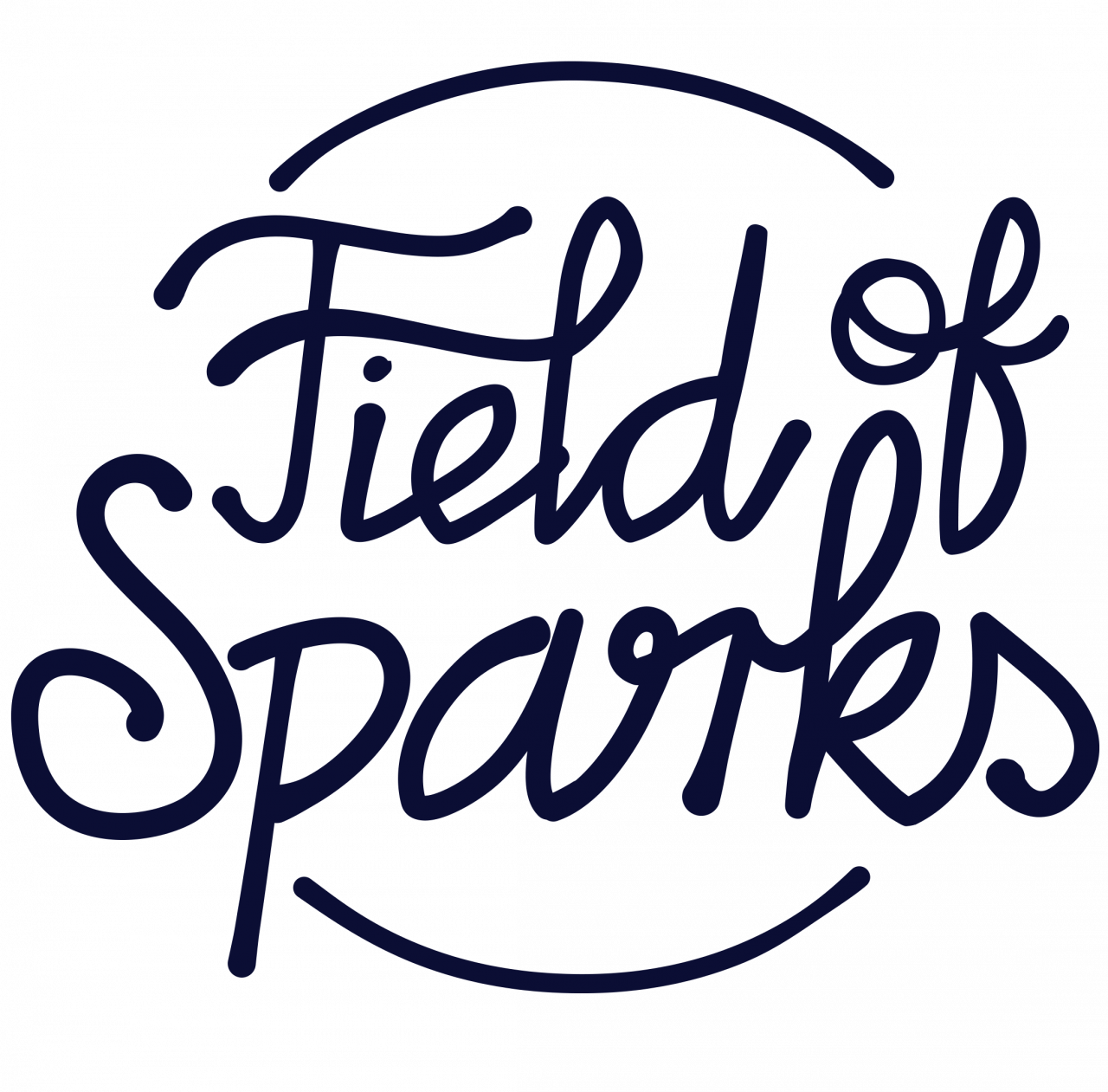
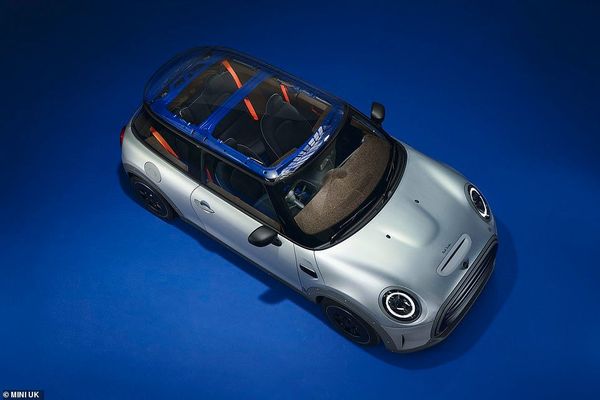
Two British design icons team-up for sustainable transport











